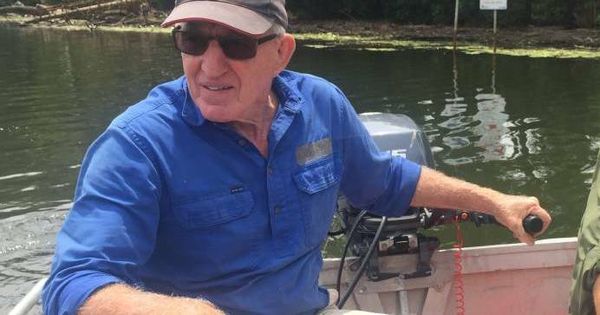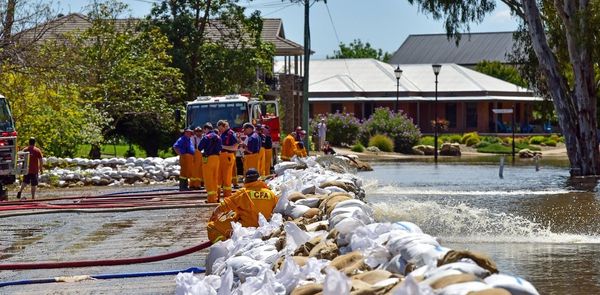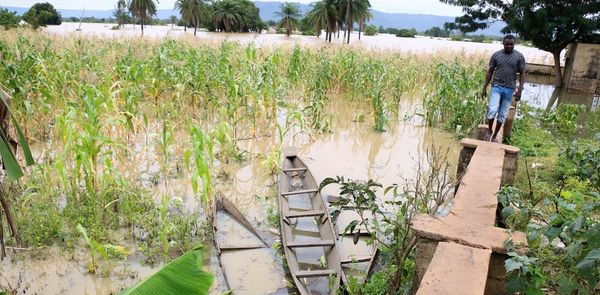
Recreational boating would continue to be allowed on the Williams River and Seaham Weir Pool under a revised $9 million erosion management plan for the waterway.
The plan, which goes on public exhibition on Tuesday, proposes the use of new rock revetment and log walls alongside riverbank revegetation and livestock fencing as a solution to ongoing erosion and water quality problems.
The Williams River is a critical part of the region's water supply and is the primary water source for Grahamstown Dam.
While the dam's management and the associated water treatment processes continue to ensure the supply of safe drinking water, Hunter Water managing director Darren Cleary said it was essential to address erosion issues in the weir pool.
"This proposal will improve water quality and delivers positive environmental outcomes, while also sustaining social and economic aspects of the Williams River, such as boating activities, that are valued by the community," he said.
The Newcastle Herald reported in early 2020 that farmers living along the river were unable to pump from it because of toxic algal blooms triggered by high nutrient loads. Many blamed power boats for causing the increased bank erosion and subsequent nutrient surges.



Mr Cleary said the revised plan reflected community feedback and acknowledged the value of the river as a crucial part of the region's water supply and also as a recreational asset.
"I encourage anyone interested to have a look at the updated plan on our website and provide input so that implementation can commence," he said.
The draft plan is on public exhibition until Tuesday 22 November, with community drop in sessions at Clarence Town and Seaham on 2 and 12 November, respectively.
Hunter Water will be engaging directly with landowners along the Weir Pool.
Community feedback will be reviewed and taken into account by the Williams River Erosion Management Plan Interagency Working Group, which includes representatives from Dungog Shire and Port Stephens Councils, Transport for New South Wales, Hunter Local Land Services and Hunter Water, prior to the Plan being finalised and then implemented by Hunter Water.
The Plan was prepared by Hunter Water in collaboration with other government agencies and the NSW Soil Conservation Services. The approach has been reviewed by the University of NSW's Water Research Laboratory.
Implementation of the proposed solution will be funded jointly by Hunter Water and the NSW Government.
WHAT DO YOU THINK? We've made it a whole lot easier for you to have your say. Our new comment platform requires only one log-in to access articles and to join the discussion on the Newcastle Herald website. Find out how to register so you can enjoy civil, friendly and engaging discussions. Sign up for a subscription here.










